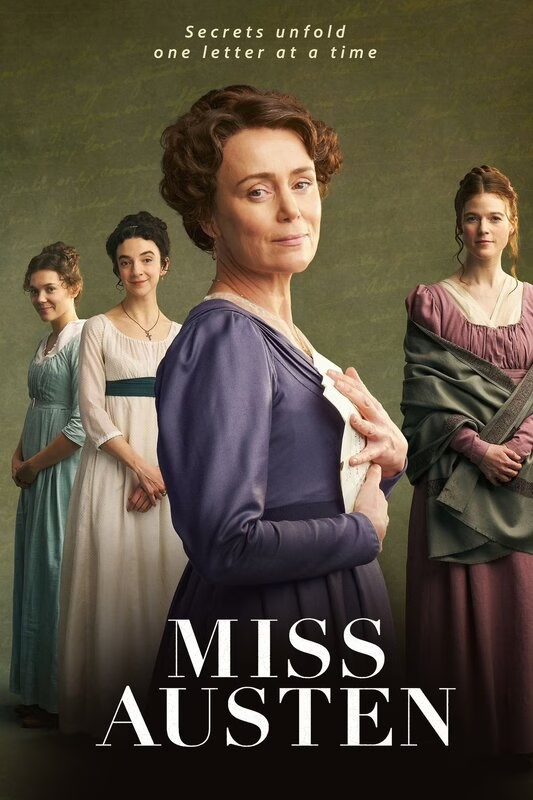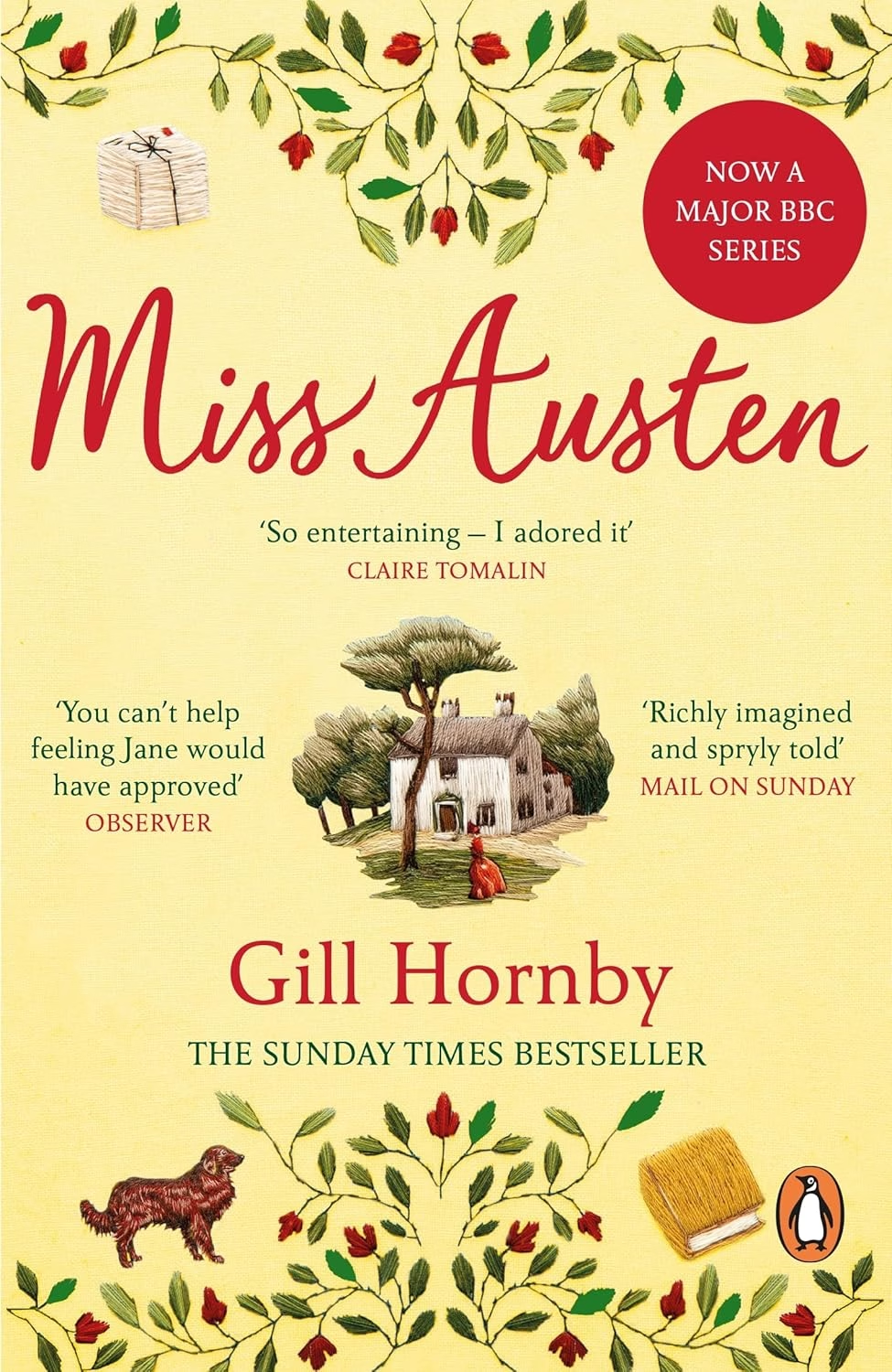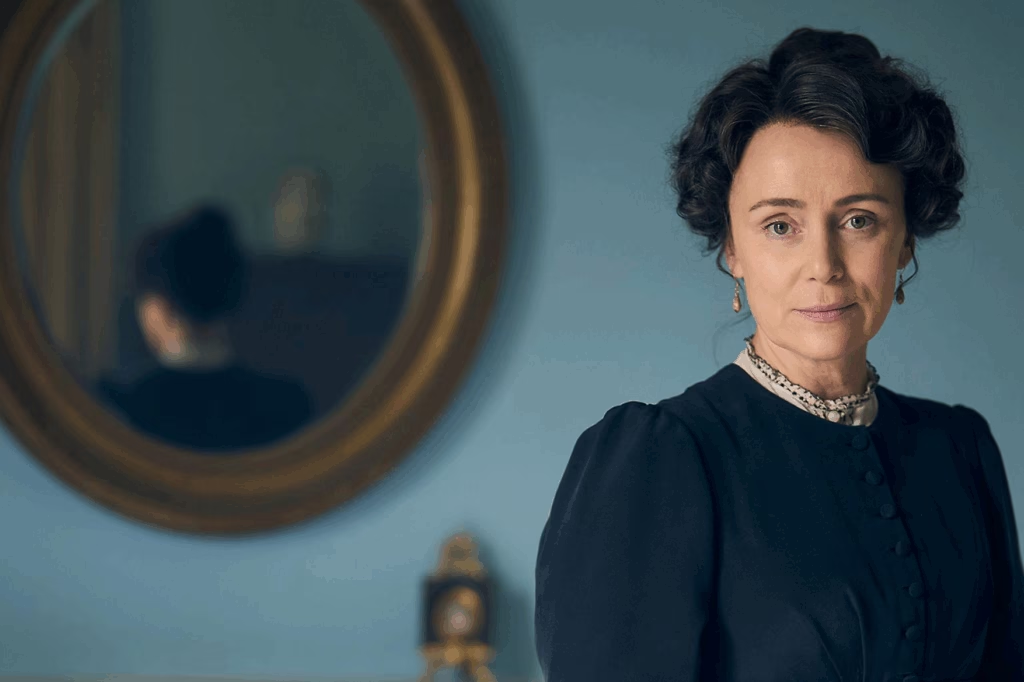
Every month on the blog, I share a recommendation for your watchlist, whether it’s a brand-new release or a hidden gem you might’ve missed. Think of it as your reminder to slow down, hit play, and enjoy a really good story. This week’s pick is Miss Austen BBC Series, an emotional, intimate, and beautifully made adaptation based on Gill Hornby’s bestselling novel.
What Is the Miss Austen Series About?
The Miss Austen BBC Series is a four-part drama inspired by Gill Hornby’s bestselling novel. It premiered in the UK on February 2, 2025, and follows Cassandra Austen, Jane Austen’s older sister, as she sets out to protect Jane’s legacy by recovering her private letters.
Set years after Jane’s death Miss Austen BBC Series blends real history with fiction and moves gracefully between past and present, all while exploring themes of sisterhood, memory, love, loss, sacrifice, and legacy.
Official Miss Austen BBC Series Trailer
Key Characters: Who’s Who in the Miss Austen BBC Series
One of the best things about Miss Austen is definitely the cast. With names like Keeley Hawes, Rose Leslie, and Jessica Hynes, plus many more, it’s a strong group of actors who bring every character to life in a real and moving way.
Here’s a closer look at the official Miss Austen cast.

Keeley Hawes as Cassandra Austen 
Synnøve Karlsen young Cassandra 
Calam Lynch as Tom Fowle 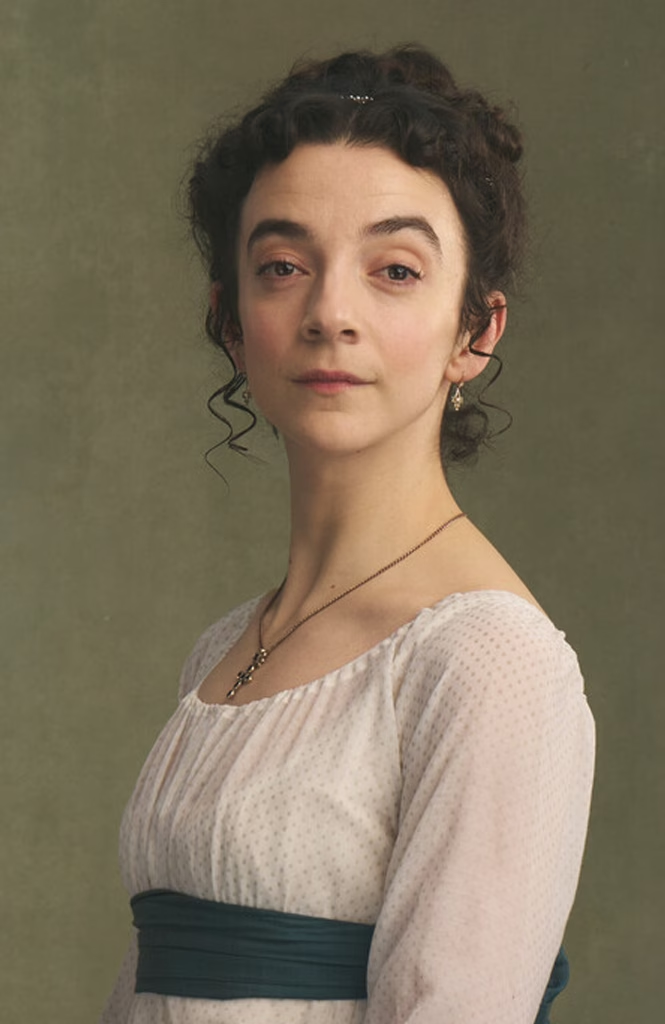
Patsy Ferran as Jane Austen 
Jessica Hynes as Mary Austen 
Liv Hill as young Mary Austen 
Mirren Mack as Dinah 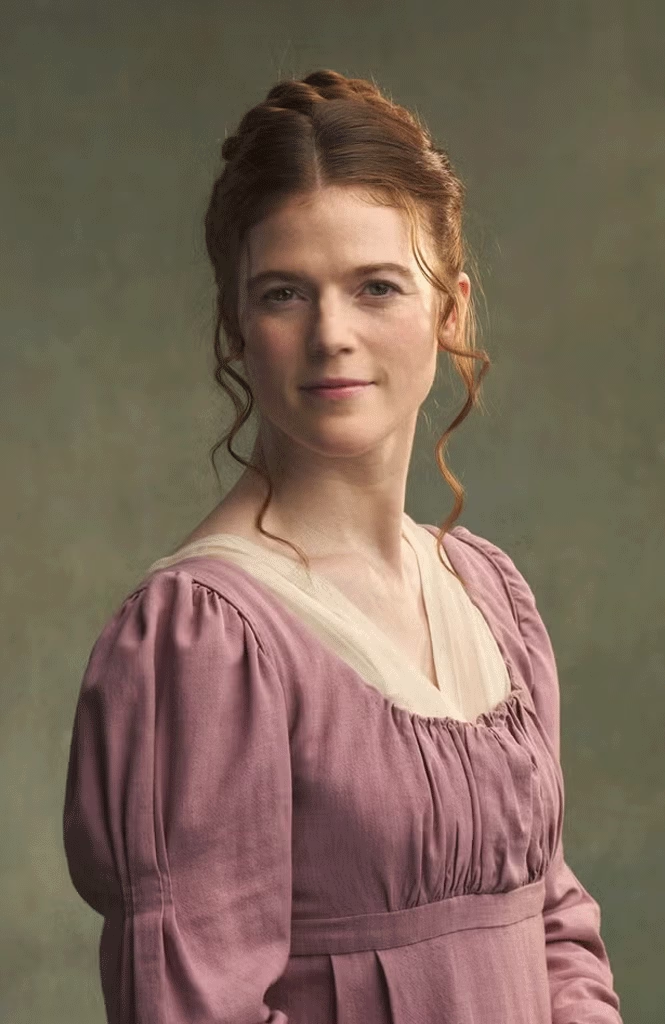
Rose Leslie as Isabella Fowle 
Phyllis Logan as Mrs Austen 
Kevin McNally as Mr Austen 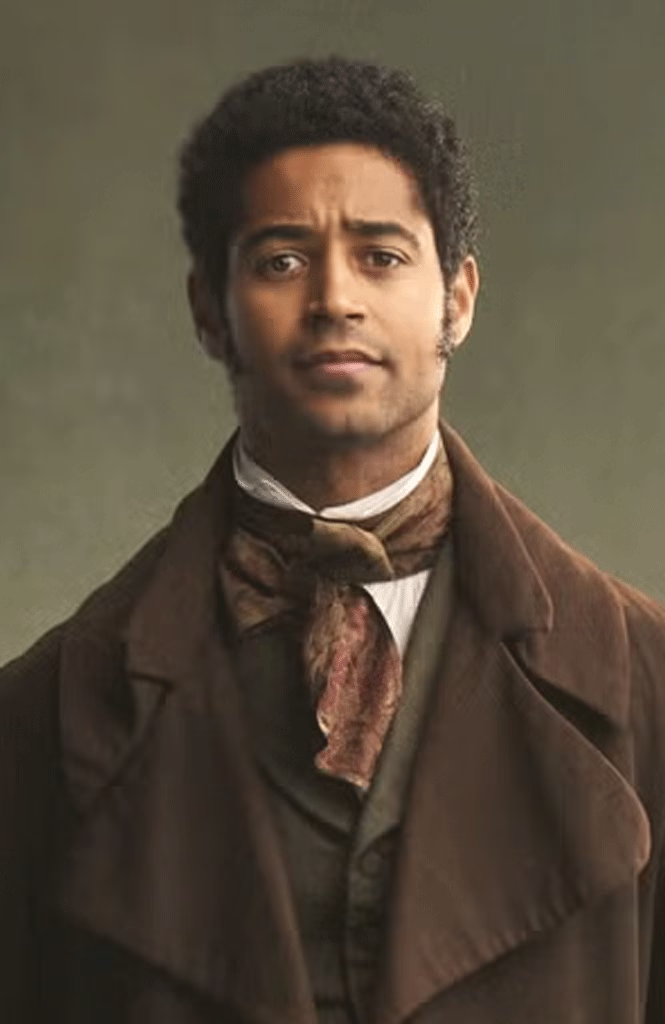
Alfred Enoch as Mr Lidderdale 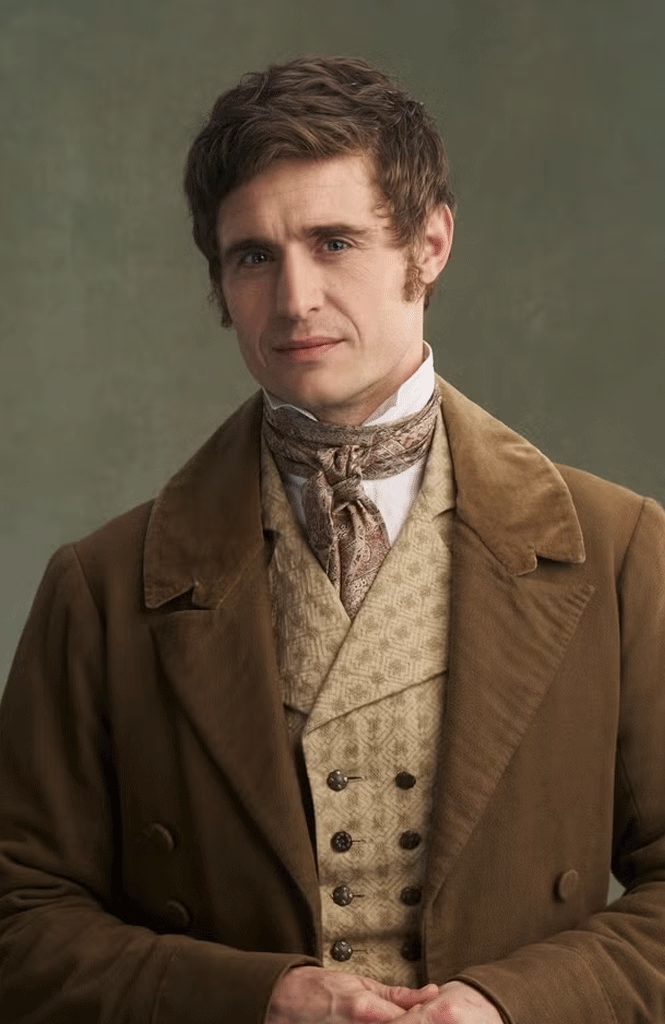
Max Irons as Henry Hobday
All images are (Credit: BBC/Bonnie Productions/Masterpiece/Robert Viglasky)
Why You Should Watch Miss Austen BBC Series?
What can I say? The Miss Austen BBC Series is simply gorgeous! From the opening scene, the production grabs your attention. The atmosphere pulled me in right away. The costume design, the sets, the direction, everything looks rich and thoughtfully crafted. The Regency-era clothes and countryside settings work together to build a world that feels both beautifully detailed and completely immersive.
And the cast? Oh, they absolutely deliver! Jessica Hynes nails the sharp, bitter energy of Mary Austen. Meanwhile, Synnøve Karlsen brings young Cassandra to life with quiet strength. Her chemistry with Patsy Ferran, who plays Jane, feels so natural and touching, you can truly feel the love and sisterhood between them.
If you haven’t read Gill Hornby’s book, you might feel a little lost at first with all the characters. Without some background on Jane Austen’s family and wider circle, things can get a bit confusing. But don’t worry, it only takes one episode for you to start piecing together who’s who. From there, the Miss Austen BBC Series really hits its stride and flows beautifully.

Where and How to Watch Miss Austen BBC Series
Wondering where you can watch Miss Austen? Whether you’re in the UK, the US, or tuning in from somewhere else, here’s everything you need to know to stream the series.
United Kingdom
- Premiered on BBC One on February 2, 2025, at 9:05 PM GMT.
- All four episodes available to stream on BBC iPlayer starting the same day at 6:00 AM.
- A valid UK TV licence is required to access iPlayer. To sign up, users need only an email address and UK postcode.
- Alternatively, viewers outside the UK can use a VPN (e.g., NordVPN) to access BBC iPlayer via a UK server.
United States
- Aired on PBS Masterpiece starting May 4, 2025, at 9/8c.
- Episodes stream weekly on PBS, PBS.org, and the PBS app.
- PBS Passport members have access to streaming.
- Additionally, it may also be available on Fandango at Home (check your platform listings).
International Viewers
- Check with your local broadcasters or streaming services.
- Alternatively, use a VPN to access BBC iPlayer or PBS platforms.
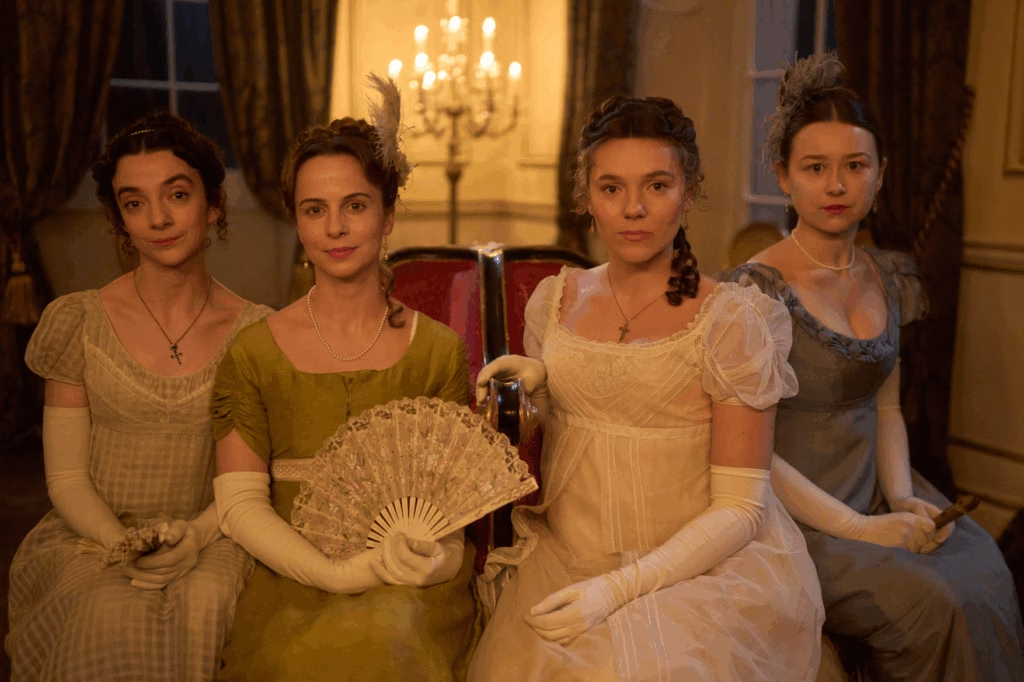
Is Miss Austen Based on a True Story?
Miss Austen is a mix of real history and fiction. It’s inspired by the lives of Jane Austen and her sister, Cassandra Austen. For example, some parts are based on real events, like Cassandra destroying many of Jane’s letters and the Austen family’s connection to the Fowles at Kintbury. However, the main plot, where Cassandra visits Kintbury in 1840 to retrieve Jane’s letters, is something the author imagined specifically for the story.
In addition to that, the book introduces fictional characters and events, such as Mr. Hobday and Dinah. While the setting and a few relationships are drawn from real history, the emotional twists and romantic moments were created to explore deeper themes like sisterhood, memory, and legacy. Overall, I’ve read many reviews of the novel that the series adapted, and a lot of readers enjoy the historical atmosphere, even if the story leans more toward fiction in some parts.
The author also takes some creative liberties by adding fictional events to real historical figures like Isabella Fowle, for example. While she was a real person, much of her storyline in the book is imagined to support the emotional depth of the narrative.
Is Miss Austen Historically Accurate?

Miss Austen Filming Locations
If you’re wondering where all the beautiful countryside scenes and cozy interiors in Miss Austen were filmed, I’ve got you covered, I’m all about visiting the locations where they shoot period productions.
The 2025 BBC series was filmed between November 2023 and January 2024 across the southeast of England, bringing the Regency world to life with some truly stunning settings. From charming villages to historic homes, the locations play a big part in the story’s atmosphere.
Let’s take a look at where it all happened:
- Godmersham Park: Filmed at Langleybury House, Hertfordshire. A grand, historic mansion near London used for the Austen family’s wealthy estate.
- Kintbury Vicarage: Filmed at Adwell House, Oxfordshire. A historic manor standing in for the Fowle family’s modest home.
- Steventon: Filmed at Shottesbrooke House, Berkshire. A Tudor mansion near Windsor used for Jane Austen’s childhood home.
- Chawton: Filmed at Jane Austen’s House and Chawton House, Hampshire. Real Austen family home and nearby manor for authentic scenes.
- Sidmouth: Filmed in Rye and Camber Sands, East Sussex. Cobbled streets and beaches used for seaside town scenes.
- Kintbury’s Market Scene: Filmed in Brecon, Wales. Georgian high street for bustling market shots.
- Exterior Scenes: Filmed in Rye and Winchelsea, East Sussex (cobbled streets, seaside); Brecon Beacons, Wales (countryside); The Vyne, Hampshire (Tudor mansion); Rousham House, Oxfordshire (gardens); Loseley Park, Surrey (historic manor); and West London (stately homes near Kew Gardens).
Sources: Radio Times (May 4, 2025), Time Out (Feb 2, 2025), Cosmopolitan (Feb 3, 2025), Countryfile (Feb 6, 2025), Tatler (Feb 3 & 5, 2025), Express (Feb 3, 2025), Wales Online (Feb 2, 2025), Country and Town House (Feb 2, 2025), IMDb (2025).
Must-Listen for Austen Fans: “What the Austen?” Episode 73
Click here to listen the episode on Spotify.
Gill Hornby’s Miss Austen – The Book That Inspired the BBC Series
If you enjoyed the Miss Austen BBC Series, I really recommend checking out the original novel by Gill Hornby. It’s a beautiful, emotional read that dives into the life of Cassandra Austen and her bond with Jane. Hornby mixes real history with fiction in such a thoughtful way, giving Cassandra a voice of her own.
Where to Learn More: Official Sources & Links
If you’re curious to explore more about Miss Austen, Jane Austen’s legacy, or the real history behind the series, here are some official sources and trusted links worth checking out.
Final Thoughts
I have to confess that I really didn’t expect to feel this much, but Cassandra’s story truly stayed with me. Watching the Miss Austen BBC Series reminded me just how powerful quiet love and loyalty can be. Her strength isn’t loud or dramatic, instead, it’s steady, emotional, and deeply human. That’s exactly what makes the story so moving. So if you’re someone who loves beautifully told, character-driven dramas, this one is definitely worth your time.
What I also loved about the Miss Austen BBC Series is how it shines a light on Cassandra, someone who’s usually in the background of Jane Austen’s story. And yet, the more you learn about her, the more you realise how central she was. She wasn’t just Jane’s sister; she was her confidante, caretaker, and biggest supporter. While Jane wrote the words that changed literary history, Cassandra, in the meantime, helped hold the world around her together. In many ways, this series reminds us that behind every great writer, there’s often someone quietly holding space, making sure the work can exist at all.
Now, I’d love to hear your thoughts. Which part of the series stayed with you the most? Did you connect with a particular character? And if you’ve read the book, how did it compare to the adaptation?
Let’s chat in the comments!

